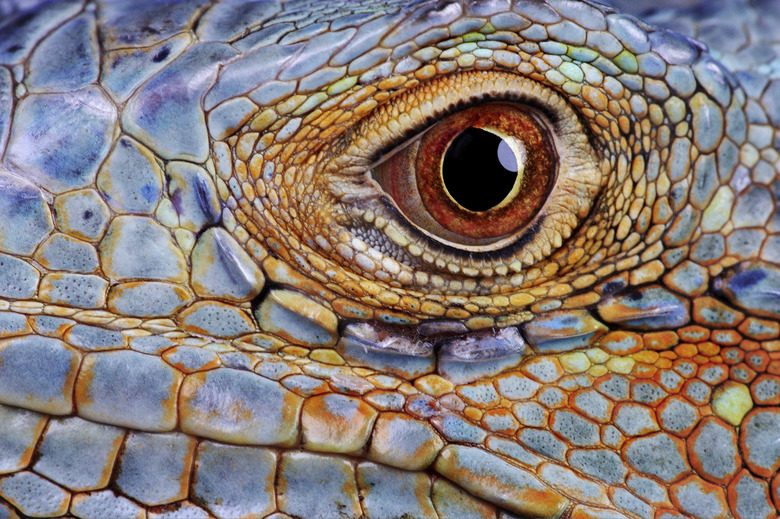Beta diversity measures the change in diversity of species from one environment to another. In simpler terms, it calculates the number of species that are not the same in two different environments. There are also indices which measure beta diversity on a normalized scale, usually from zero to one. A high beta diversity index indicates a low level of similarity, while a low beta diversity index shows a high level of similarity.
Basic Beta Diversity Calculation
Step 1
Let “S1” be the total number of species in the first environment.
Step 2
Let “S2” be the total number of species in the second environment.
Step 3
Let “c” be the number of species that the two environments have in common.
Step 4
Let ? be beta diversity.
Step 5
Then ? = (S1-c) + (S2-c). That is, subtract c from S1 and then subtract c from S2. Add the result of both subtractions, and that is the beta diversity.
Example
Step 1
Two environments have a total of 12 species: A, B, C, D, E, F, G, H, I, J, K, L.
Step 2
In environment 1 there are 10 species: A-J.
Step 3
In environment 2 there are 7 species: F-L.
Step 4
Both environments have F-J; they have 5 species in common.
Step 5
So ? = (10-5) + (7-5) = 7. The beta diversity of the two environments is 7. That is, there are seven species which are either only in environment one or only in environment two.
Basic Beta Diversity Index
Step 1
Same variables as before: S1, S2, c, and ?.
Step 2
Multiply c by two.
Step 3
Divide that number by the sum of S1 and S2 (S1+S2). That number is the beta diversity index.
Example
Step 1
Same situation as before.
Step 2
C is equal to 5, so twice that is 10.
Step 3
S1+S2 is 17.
Step 4
10 divided by 17 is 0.59, so 0.59 is the diversity index.

